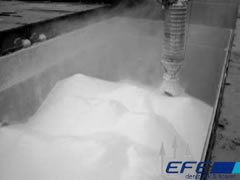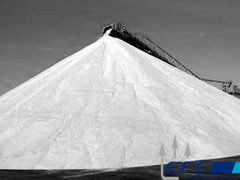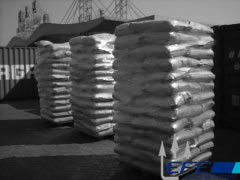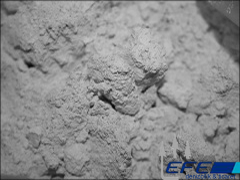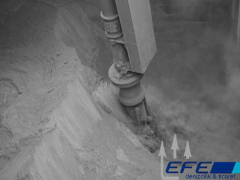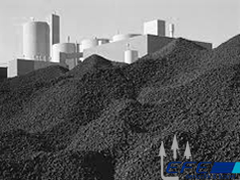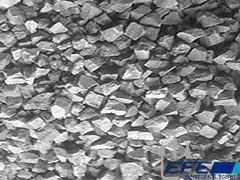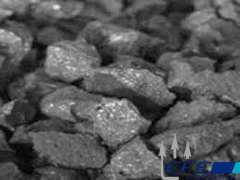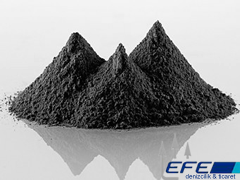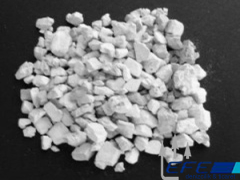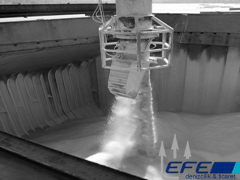Our cargoes
Sodium carbonate (also known as washing soda or soda ash), Na2CO3 is a sodium salt of carbonic acid.
The chemical compound silicon dioxide, also known as silica, is an oxide of silicon with the chemical formula SiO2.
Salt, also known as table salt, or rock salt, is a crystalline mineral that is composed primarily of sodium chloride (NaCl), a chemical compound belonging to the larger class of ionic salts.
Fertilizer (or fertiliser) is any organic or inorganic material of natural or synthetic origin (other than liming materials) that is added to a soil to supply one or more plant nutrients essential to the growth of plants.
Sodium bicarbonate or sodium hydrogen carbonate is the chemical compound with the formula NaHCO3.
Ammonium sulfate (also ammonium sulphate in British English), (NH4)2SO4, is an inorganic salt with a number of commercial uses.
In the most general sense of the word, a cement is a binder, a substance that sets and hardens independently, and can bind other materials together.
Mineral concentrates are the product of ore dressing operations whereby valuable metals recovered through mining operations are separated from waste rock prior to shipment to market.
Silicomanganese (SiMn) is a ferroalloy composed chiefly of silicon and manganese; it is smelted by carbon reduction in ore heat-treating furnaces.
Chromium ore is a natural mineral formation (lumpy, dark grey in colour) containing chromium in such compounds and concentrations as to make its commercial exploitation technically feasible and economically expedient.
Zinc, in commerce also spelter, is a metallic chemical element; it has the symbol Zn and atomic number 30. It is the first element of group 12 of the periodic table.
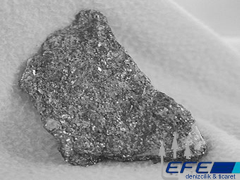
lamprofır rock
Lorem ipsum dolor sit amet, consectetur adipiscing elit. Ut elit tellus, luctus nec ullamcorper mattis, pulvinar dapibus leo.
A white, yellowish or brown crystalline solid used in the manufacture of refractories. Magnesite can be used as a slag former in steelmaking furnaces
Sulphur is a chemical element with symbol S and atomic number 16. It is an abundant, multivalent non-metal.
Construction aggregate, or simply “aggregate”, is a broad category of coarse particulate material used in construction, including sand, gravel, crushed stone, slag, recycled concrete and geosynthetic aggregates.

